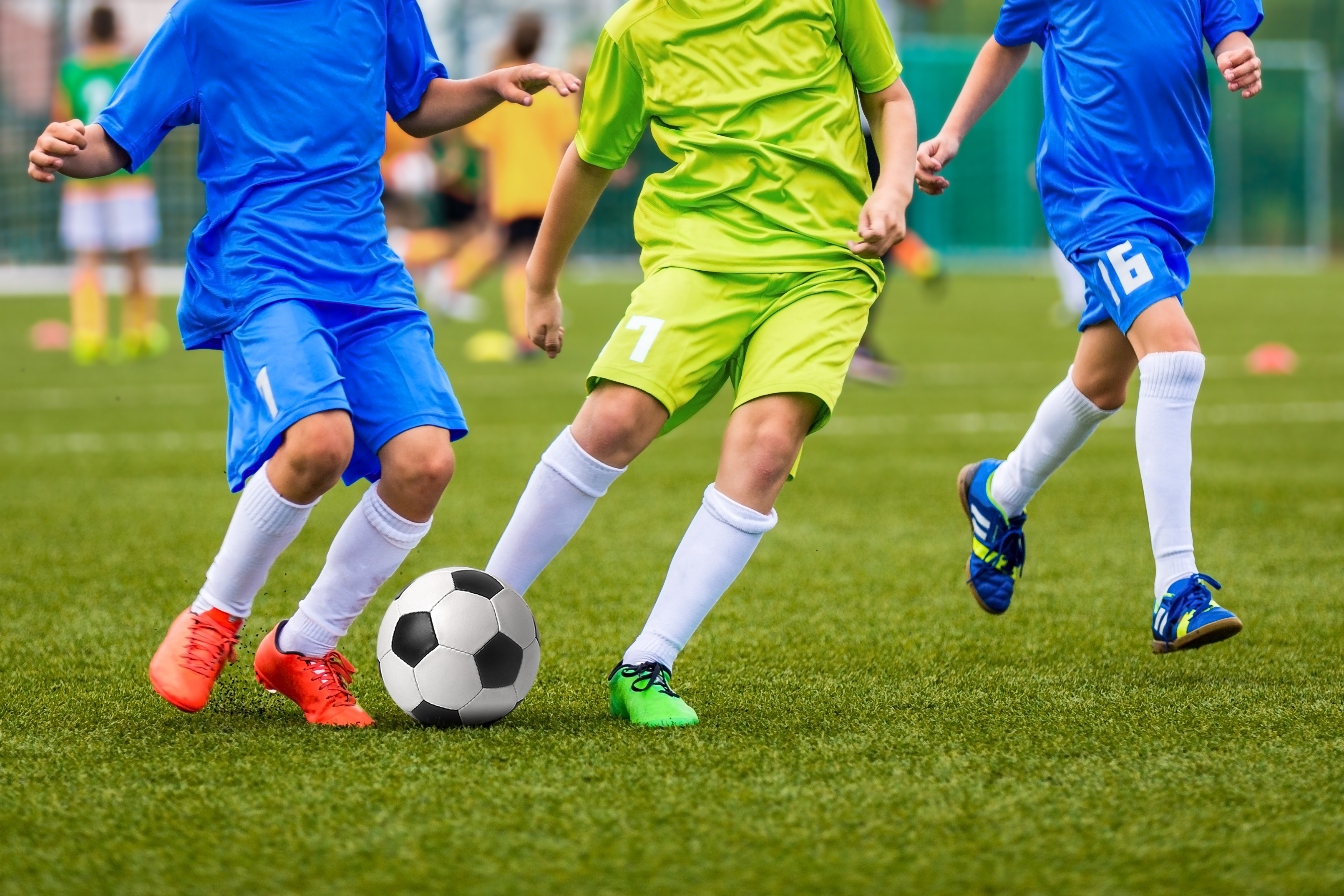How Physical Therapy For Athletes Helps You Stay At The Top of Your Game
When you step onto the field (or court), you want to be focused on the game – not your pain. Sports injuries are often an inevitable part of the game, but they shouldn’t keep you from doing what you love. Our physical therapists work closely with athletes to better understand their unique medical history and the risks involved.
Whether you play tennis, soccer, football, baseball, swimming or running, physical therapy will help you recover from sports injuries and reduce your risk for future injury. Ultimately, the goal of physical therapy for athletes is to maximize their performance in sports, athletics, exercise, and all physical activities.
How to Treat Sports Injuries
Sports injuries commonly occur in two ways: first, when your body accustomed to the activity. Second, when the body becomes overworked (often in a repetitious way). Working with a physical therapist can help treat these injuries because they provide professional advice and a non-abrasive exercise schedule designed to keep your body healthy without overexertion. Here are few specific tips for treating sports-related injuries:
Tips for Knee Injuries
Knee injuries can be devastating sport injuries for any athlete. The most common types of knee injuries include inflammation (due to overuse) and ligament injuries. You can reduce inflammation by resting and applying ice. to the knee. You can also try some low-impact home exercises to help strengthen your knee, including straight leg raises, hamstring curls and seated knee extensions. Remember, knee injuries should be allowed to fully heal before you return to athletics.
Tips for Hamstring Injuries
A strain occurs when the fibers and tendons that anchor muscles to the bones are stretched excessively. They’re painful, but not always serious. If you suffer from a hamstring strain, rest the leg and apply ice to reduce pain. If the injury results in bruising, try applying compression bandage and elevate the leg to assist the healing process. To avoid future hamstring injuries, make sure to stretch every part of your body before and after play.
Tips for Groin Injuries
This sensitive area is always at risk when it comes to sport injuries. Groin strains occur when your muscle is overstretched or torn. Depending on the severity, you may not be able to walk without pain, so take it easy when recovering from this injury. Always wear a cup and protective padding during practice or play and do gentle stretches to keep the muscles flexible.
Tips for Shin Splint Injuries
This painful injury is common with runners, as the muscles in the legs become swollen from overuse. Shin Splints are actually microtears in the muscle and bone tissue caused by stress fractures or flat feet. They commonly occur when an workout routine is intensified. If you experience shin splints, take plenty of time to let them heal and ice the affected area to reduce pain. To prevent them from coming back, consider shoe inserts for added support.
Tips for Tennis Elbow Injuries
Lateral epicondylitis is a classic repetitive stress injury that comes from overuse of a certain body part – like your arm when you play tennis. If you suffer from tennis elbow pain, RICE (rest, ice, compression, elevation) is the best course of action. And remember, you can help prevent repetitive movement injuries with appropriate exercises and taking extended breaks to avoid exertion. If you still suffer from tennis elbow regularly, have a physical therapist evaluate your arm movement and make recommendations to reduce your risk of injury.
Tips for Ankle Injuries
Ankle sprains are one of the most common types of sport injuries. An ankle sprain is caused when a ligament – the band that connects bones at the joints – is torn or stretched. Immediately after a sprain, use RICE (rest, ice, compression and elevation). Do not use heat on an ankle sprain – it can cause additional swelling. To strengthen your ankle muscles, use a resistance band while going through the full range of motion of your foot and ankle. Consult a physical therapist for specific low-impact exercises you can do at home.
Choose 5-Star Results
If you’re a sports athlete, the right physical therapy provider can mean the difference between a great season and sitting the season out. At Premier, you can count on our experienced staff of therapists to help you reach your personal best while minimizing your risk of injury. Premier Physical Therapy is also the only provider in the region to offer a 5-Star Plan for pain. Our comprehensive approach to pain relief is what sets us apart. Call us today at 573-335-7868.


